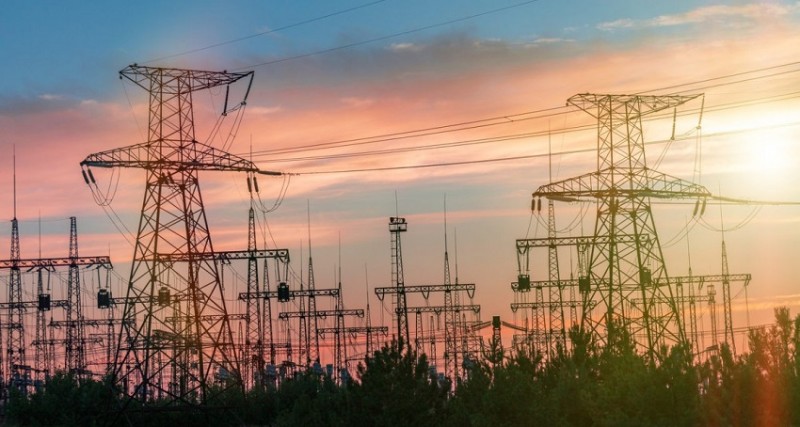
India's power sector is poised for robust growth in the fiscal year 2025, with expectations of a healthy demand surge at around 6.0 percent, although slightly moderating from the previous fiscal year.
The Ministry of Power reported a significant upturn in electricity demand in FY24, with a 7.6 percent increase year-on-year, driven by resilient economic activity and weather-related loads. The first two months of FY25 saw demand growth of over 10 percent, supported by a favorable base, culminating in a record peak power demand of 250 GW on May 30.
In FY24, the nationwide average thermal plant load factor (PLF) rose to 69.1 percent from 64.2 percent in FY23. Additionally, the total power generation capacity increased to 25.4 GW from 16.9 GW in FY23, bolstered by enhancements in renewable energy and thermal segments, including the commissioning of 1.4 GW of nuclear power capacity.
The thermal generation segment played a pivotal role in meeting escalating demand, reaching an all-time high of 176 GW during non-solar hours. The renewable energy (RE) sector is expected to expand its installed capacity, contributing significantly to overall power generation.
Looking forward, gross addition in installed power capacity is projected to exceed 30 GW in FY25, with the RE segment leading the charge following a commendable performance of 25 GW in FY24. Tariff hikes approved for FY25 were relatively modest, averaging 2.5 percent, down from 3.9 percent in FY24, amidst rising subsidy dependence of distribution companies (Discoms) on state governments.
The subsidy dependence is expected to rise to Rs 1.9 trillion in FY25, up from Rs 1.7 trillion in FY23, driven by increased cost of supply and new subsidy schemes in certain states. However, challenges persist in the distribution segment, with sluggish progress in the issuance of tariff orders for state Discoms, attributed partly to ongoing elections.
Coal import dynamics have also shifted, with power utilities' imports increasing by 18.1 percent year-on-year in FY24, influenced by government directives on coal blending for domestic projects.
Addressing structural inefficiencies, especially in high-loss states like Bihar, Jharkhand, Madhya Pradesh, Odisha, and Uttar Pradesh, remains crucial, as aggregate technical and commercial losses (AT&C) levels exceed 20 percent in these regions.
Despite challenges, the power sector's ability to capitalize on growth opportunities underscores the collaborative efforts of stakeholders, including government agencies, power generation companies, and grid operators. Their commitment to enhancing generation capacity and implementing policy reforms is essential in meeting India's energy demands.
The Ministry of Power reiterated the importance of renewable energy sources, particularly solar and wind, in augmenting power supply during peak hours, emphasizing the sector's transition towards a sustainable and diversified energy ecosystem.
How the RBI's Repatriation of 100 Tonnes of Gold Strengthens India's Economy
Advancing Sustainability through Metrology: Celebrating World Metrology Day Today